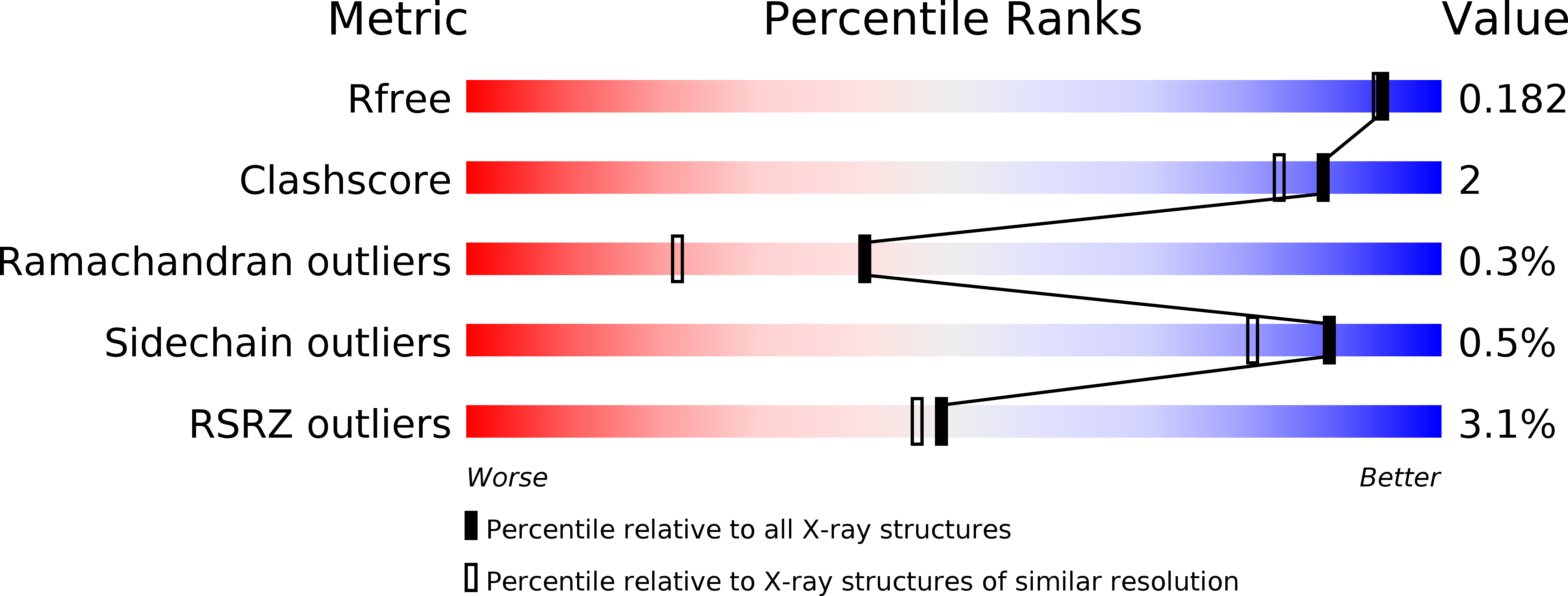
Deposition Date
2019-01-30
Release Date
2019-08-21
Last Version Date
2023-10-11
Entry Detail
PDB ID:
6NU5
Keywords:
Title:
Pyruvate Kinase M2 Mutant - S437Y in Complex with L-cysteine
Biological Source:
Source Organism:
Homo sapiens (Taxon ID: 9606)
Host Organism:
Method Details:
Experimental Method:
Resolution:
1.60 Å
R-Value Free:
0.18
R-Value Work:
0.16
R-Value Observed:
0.16
Space Group:
C 1 2 1


